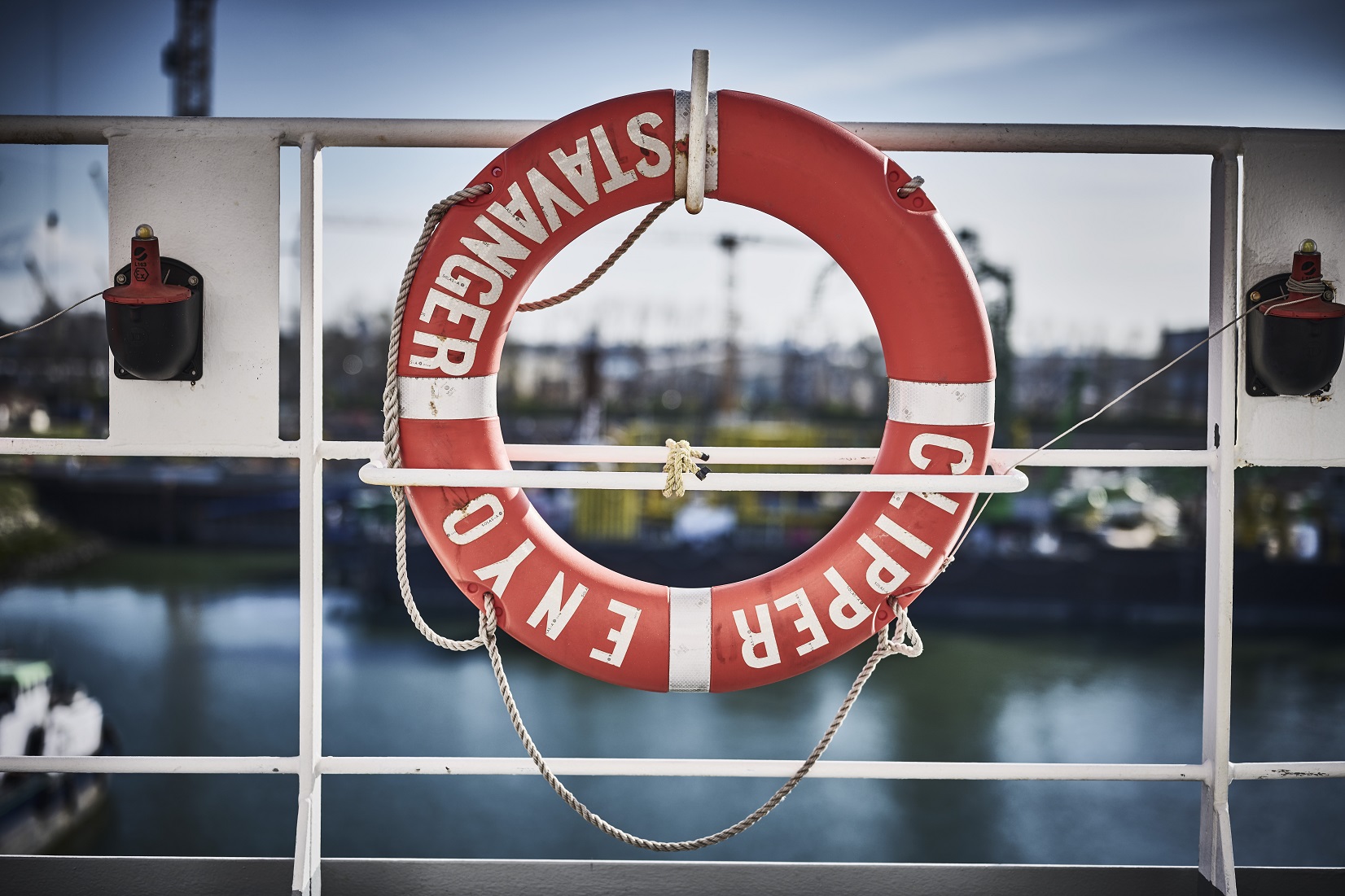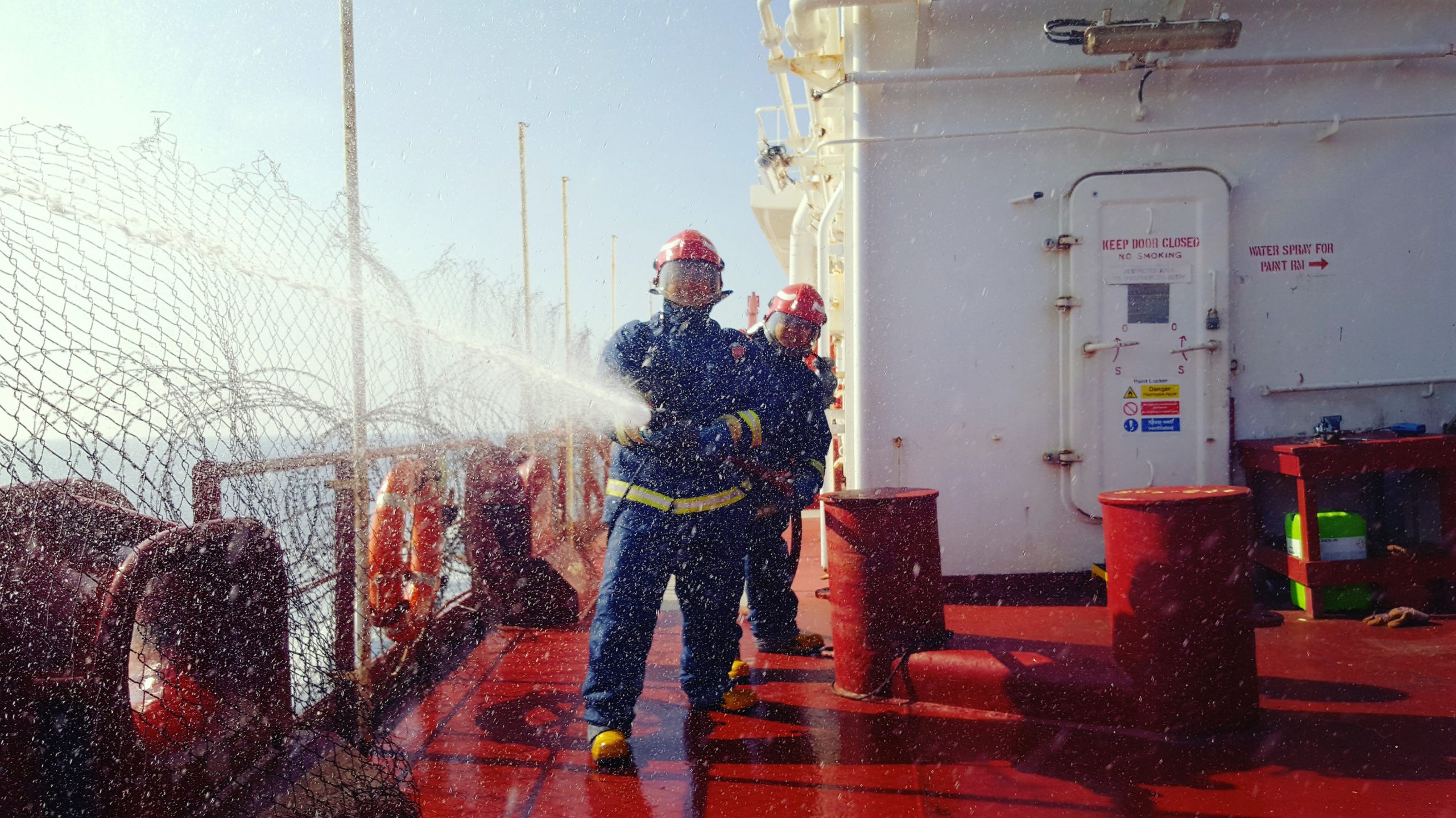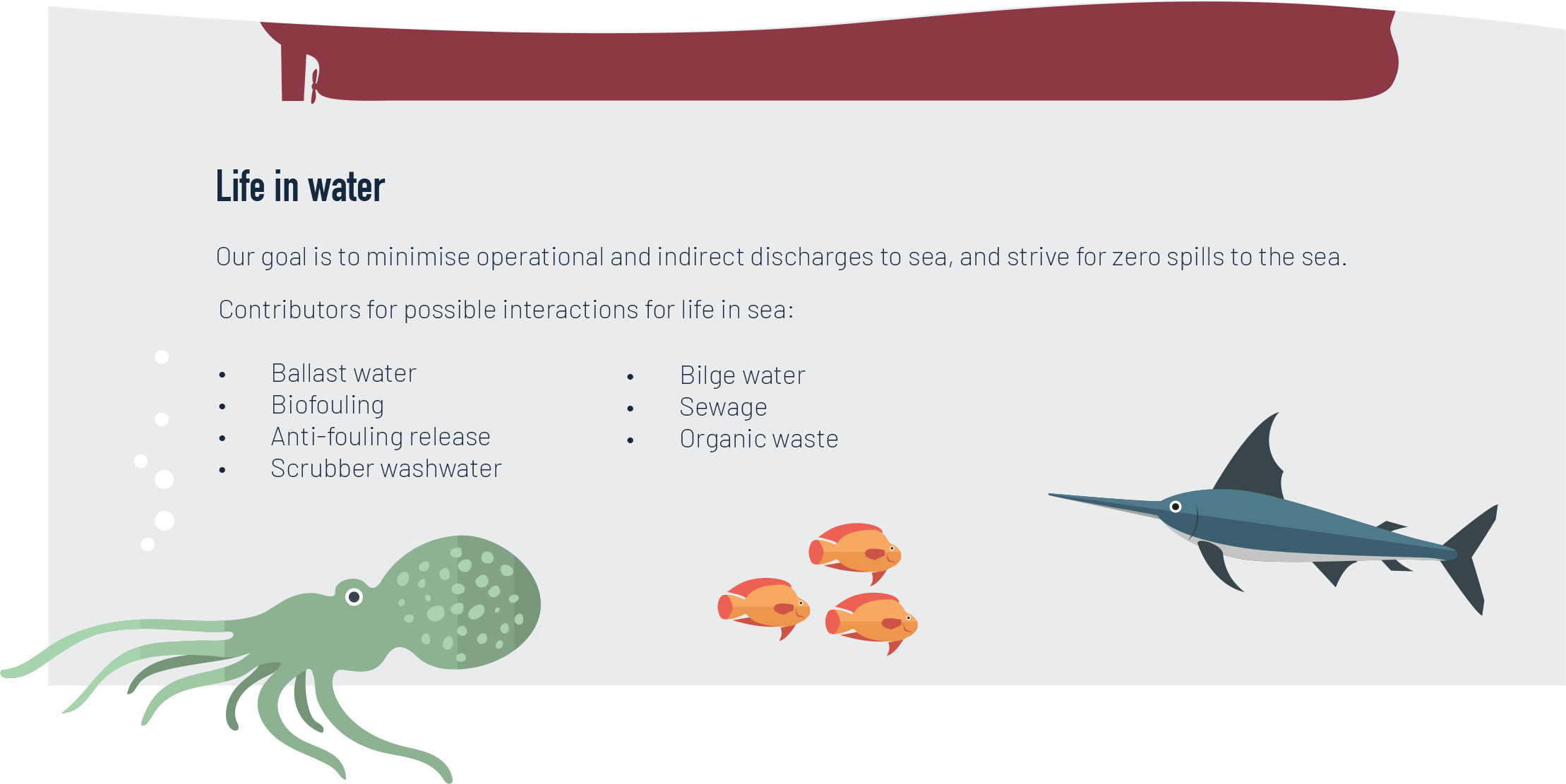Since 2021 Wärtsilä have run a full-scale CCS pilot on a 1.2 MW system in Wärtsilä´s facility in Moss, Norway. Upon planned deployment on the vessel in 2024, we expect the system to reach 75+ % carbon capture rate - making it unique in deep sea shipping. The last obstacle before realization is to attain public research funding for the applied science work, which alle parties hope will arrive in 2023.
ECO LPG programme
Since 2008, Solvang has collected extensive data from all operations and vessels, sharing knowledge with a range of scientific institutions and professionals. In 2011, we initiated a holistic programme to make our vessels more energy efficient and to remove harmful emissions from the exhaust. In 2015, the programme was expanded with exhaust gas recirculation modules, open-loop scrubber and several mechanical improvements. Even later, our transmission, propeller and rudder - as well as hull surface - have undergone systematic improvements in connection with planned dockings.
Smart Maritime
Since 2015, Solvang has been a formal participant in SFI Smart Maritime, one of 17 nationally funded centers for research based innovation. Through several projects with internationally renowned scientists, Solvang has optimized energy efficiency and reduced harmful emissions from our ships. Ethylene carriere Clipper Harald has functioned as a live testing lab, providing operational data on emission, power generation, propulsion, energy losses and other empirical data applied in the SFI Smart Maritime.
CCS ready for the seas
Onboard ethylene carrier Clipper Eos, the developed CCS system will serve a 7 MW main engine, where it will capture CO2 before it passes through the exhaust outlets. Inside the smokestack, the complex carbon separation process takes place, resulting in CO2 which is refrigerated until liquefaction and then stored on-deck. According to the plan, the CCS setup will operate alongside existing scrubber and exhaust gas cleaning systems onboard Clipper Eos for two years, providing a steady stream of live data.
“CCS is something we can do within a few years. When the world has sufficiently green energy, the captured CO2 can be transformed into electro fuel,” states Mr. Tor-Øyvind Ask, fleet director at Solvang.
If not reused, CO2 storage will be the main solution. Other appliances for CO2 from CCS are for carbonated soft drinks and beer, or in the food processing industry.
Sustainable tech across the fleet
Solvan’s mission with the CCS pilot is to install sustainable technology across the fleet and contribute to reduce global shipping’s environmental footprint. This is according to IMOs GHG-reduction framework and other international initiatives.
The project goes alongside a series of substantial measures in the fields of optimizing machine operations, transmission technology, propeller and rudder improvements, hull optimization, as well as advanced open-loop scrubber technology.
Peer-reviewed publishing
In 2023, Solvang aims to take part in the development of new knowledge. In the paper Transportation Research Part D: Transport and Environment, Solvang acted as co-author of the article ”Wise use of renewable energy in transport”. In the article, scientists from renowned Sintef Ocean, Kedge Business School France, Norwegian School of Economics and Solvang in Stavanger, argue that renewable energy sources are too scarce in availability to be deployed indiscriminately for large transport needs like global shipping. Instead, the researchers conclude, deep sea shipping must use other strategies to limit emissions. Essential to such alternatives would be CCS, exhaust cleaning and more efficient transportation.
A continuous race for better scores
The EEXI (Energy Efficiency Existing Ship Index) amendment to the IMO’s MARPOL Annex VI, implemented Jan 1 2023, requires shipowners to calculate their vessels’ EEXI, based on a ship’s energy efficiency design index (EEDI). Shipowners must follow a survey and certification process, resulting in an International Energy Efficiency Certificate (IEEC).
Additionally, shipowners must match each ship against the Carbon Intensity Indicator CII, yielding the annual efficiency ratio AER of the ship. The score is then compared to an annual decarbonization trajectory, with the goal of reducing carbon intensity by at least 40% by 2030 compared to 2008 levels. The CII score ranges from A (best) to E (worst), where D and E rated vessels must submit improvement plans.
A continuous race for better scores
The EEXI (Energy Efficiency Existing Ship Index) amendment to the IMO’s MARPOL Annex VI, implemented Jan 1 2023, requires shipowners to calculate their vessels’ EEXI, based on a ship’s energy efficiency design index (EEDI). Shipowners must follow a survey and certification process, resulting in an International Energy Efficiency Certificate (IEEC).
Additionally, shipowners must match each ship against the Carbon Intensity Indicator CII, yielding the annual efficiency ratio AER of the ship. The score is then compared to an annual decarbonization trajectory, with the goal of reducing carbon intensity by at least 40% by 2030 compared to 2008 levels. The CII score ranges from A (best) to E (worst), where D and E rated vessels must submit improvement plans.

Fuel and Mewis ducts
In 2022, Solvang made new investments in the Mewis duct program, which started when Clipper Posh and Clipper Quito in 2013 became the first VLGCs in the world to feature Mewis Ducts. A calculation of savings compared to investments in Mewis ducts for Solvang´s fleet, shows a payback time within a few years. When the potential is taken out for all Solvang´s vessels, annual savings will reach 10,000 tonnes of fuel, equivalent to 30,000 tonnes of CO2. Solvang is currently in the process of outfitting the entire fleet with Mewis ducts.
A good way to reduce CO2 and other GHG emissions from deep-sea shipping in a well-to-wake perspective, is to continue optimisation of operation on fuel oil with scrubber or low-sulfur VLSFO. This will yield a trajectory of lower emission figures per cargo and tonne every year, fulfilling the objective of EEXI and securing a high AER of Solvang’s vessels.
Advantages of Mewis ducts
• Reduction of rotational losses
• Improved propulsion efficiency
• Minimized drag
• Power savings
• Reduced vibration























